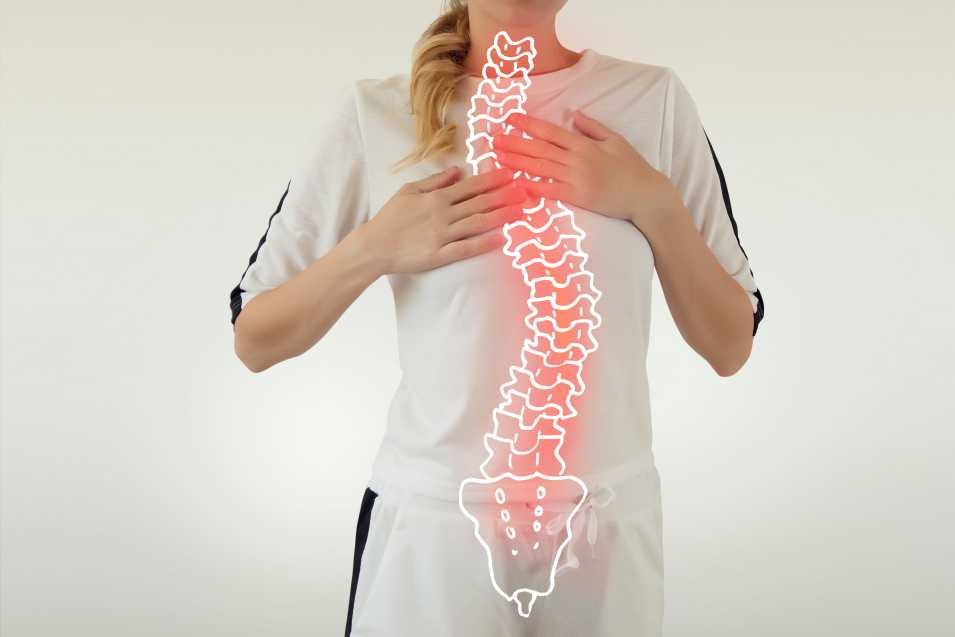When it comes to relaxation and stress relief, many people think of a full body massage. Chest massage also provides many benefits to both physical and mental health. Reduces tension and promotes relaxation by paying attention to the chest area; This has a positive effect on overall health.
Chest massage has many benefits for the mind and body. Whether it’s improving circulation, reducing muscle tension, or emotional relaxation, taking time to focus on the chest area has a positive impact on overall well-being.
The Benefits Of Chest Massage
One of the key benefits of a chest massage is improved circulation. During a massage, the therapist will use various techniques to stimulate blood flow to the chest area, which can help deliver oxygen and nutrients to the muscles and tissues surrounding the chest. This can help promote healing and reduce inflammation, making it an excellent option for those with respiratory issues or chronic chest pain.
In addition to improved circulation, a chest massage can also help alleviate muscle tension and discomfort. Whether it’s from sitting at a desk all day or from a strenuous workout, many people experience tightness in their chest muscles. By targeting these areas, a massage therapist can loosen knots and release built-up tension, helping to reduce discomfort and improve flexibility.
Another benefit of a breats massage is the potential for emotional release. The chest area is often associated with emotions, and many people hold stress and tension in this part of the body. A massage can provide a safe space for clients to let go of these emotions and experience a sense of relaxation and peace.

Techniques For Chest Massage
One effective technique is the effleurage, which involves gentle stroking movements over the chest area to improve blood circulation and soothe the muscles. These long, smooth strokes are often used at the beginning and end of a massage session to relax the recipient.
Another technique that can be used during chest massage is petrissage, which involves kneading and squeezing the chest muscles to release tension and improve flexibility. This technique can be particularly helpful for individuals who experience tightness or discomfort in their chest area.
Stretching the chest muscles is also an important technique to incorporate into a breast massage session. This can be achieved by gently pulling the arms of the recipient away from the body to elongate the chest muscles and improve flexibility.
In addition to these techniques, it is important to communicate with the recipient throughout the massage to ensure their comfort and adjust the pressure and speed of the massage as needed. It is also crucial to use high-quality oils or lotions to reduce friction and enhance the overall experience for the recipient.
Contraindications For Chest Massage
There are certain situations in which chest massage may be contraindicated. While chest massage can have numerous benefits for some individuals, it is important to be aware of the potential risks and contraindications for others.
One contraindication for chest massage is the presence of any skin conditions or injuries in the chest area. This includes cuts, abrasions, rashes, or any open wounds. Massaging over these areas can cause further irritation or infection.
Another contraindication for chest massage is the presence of any serious heart conditions or recent heart surgery. In these cases, the delicate nature of the chest area and heart itself requires careful consideration and avoidance of any unnecessary pressure or manipulation.
Individuals with respiratory conditions such as severe asthma or bronchitis may be at risk for exacerbating their symptoms with breast massage. The pressure and movement involved in a massage could potentially cause difficulty breathing or discomfort.
It is important to consider the emotional and mental state of the client before performing chest massage. A history of trauma, especially in the chest area, may make the client uncomfortable or trigger negative emotions during the massage.
Precautions When Performing Chest Massage
When performing chest massage, it is important to take certain precautions to ensure the safety and comfort of the client.
- One important precaution to take is to always obtain informed consent from the client before beginning the massage. This ensures that the client is aware of the risks and benefits of the massage and has given their permission for the treatment.
- Another precaution to consider is to be aware of any contraindications for chest massage. For example, if the client has a history of heart disease or respiratory conditions, it is important to consult with a healthcare professional before proceeding with the massage. Additionally, if the client has recently undergone chest surgery or has any open wounds or bruising on the chest area, it is best to avoid massaging the area until it has fully healed.
- It is also important to use the proper techniques when performing chest massage. This includes using gentle and controlled movements, especially when working near the neck and shoulder areas. Using excessive force or pressure can potentially cause discomfort or injury to the client, so it is important to be mindful of the amount of pressure being applied.
- Choosing the right oils for chest massage is crucial. It is important to avoid using oils that may cause an allergic reaction or irritation to the client’s skin. Always perform a skin patch test before using any new oils to ensure that the client does not have a negative reaction.
| Precautions for Chest Massage | Reason |
|---|---|
| Obtain informed consent | Ensure client awareness and permission |
| Be aware of contraindications | Avoid potential risks for specific health conditions |
| Use proper techniques with gentle movements | Prevent discomfort or injury to the client |
| Choose the right oils | Avoid allergic reactions or skin irritation |
Best Oils For Chest Massage
Choosing the right oils for chest massage is essential for a soothing and effective experience.
Almond oil is a popular choice for chest massage due to its hydrating and nourishing properties. It is easily absorbed into the skin, making it a great option for massage.
Coconut oil is another excellent choice for chest massage as it has antimicrobial and antifungal properties, making it beneficial for skin health. It also has a pleasant, light aroma that can enhance the massage experience.
Olive oil is a natural moisturizer, making it a good option for chest massage. It also contains antioxidants and anti-inflammatory properties, which can help to soothe and protect the skin.
Jojoba oil is known for its ability to mimic the skin’s natural oils, making it a great option for chest massage. It is non-greasy and easily absorbed, making it suitable for all skin types.
When choosing the best oils for chest massage, it’s important to consider any allergies or sensitivities. Always perform a patch test before using a new oil to ensure it is safe for the individual receiving the massage. Additionally, consider the aroma of the oil and how it may contribute to the overall experience of the massage.
How Often To Perform Chest Massage?
It is generally recommended to perform chest massage no more than 2-3 times per week. This allows the muscles to rest and recover in between sessions, preventing overuse and potential injury. Additionally, it is important to listen to your body and adjust the frequency based on individual needs and tolerance to massage.
For those who engage in regular physical activity or have specific chest muscle tension, more frequent breastmassage might be necessary. However, it is still crucial to incorporate adequate rest days to avoid strain or overexertion. Consulting with a professional massage therapist can also provide personalized recommendations for frequency based on individual circumstances.
Implementing a consistent and moderate schedule for chest massage can maximize the benefits and minimize the risk of potential drawbacks. Whether it be self-massage techniques or receiving professional treatments, finding the right balance in frequency is key to achieving optimal results and maintaining overall chest health.
Frequently Asked Questions
Is chest massage beneficial for respiratory health?
Yes, chest massage can help improve respiratory function by loosening chest muscles and promoting better breathing.
Can chest massage help with anxiety and stress relief?
Yes, it can help relax the body and mind, reducing feelings of anxiety and stress.
What techniques are used in breast massage?
Breast massage may involve gentle circular motions, light tapping, and deep tissue massage to target different muscle layers.
Can chest massage help with chest muscle tension from workouts?
Yes, it can help reduce muscle tension and soreness after workouts, promoting faster recovery.
